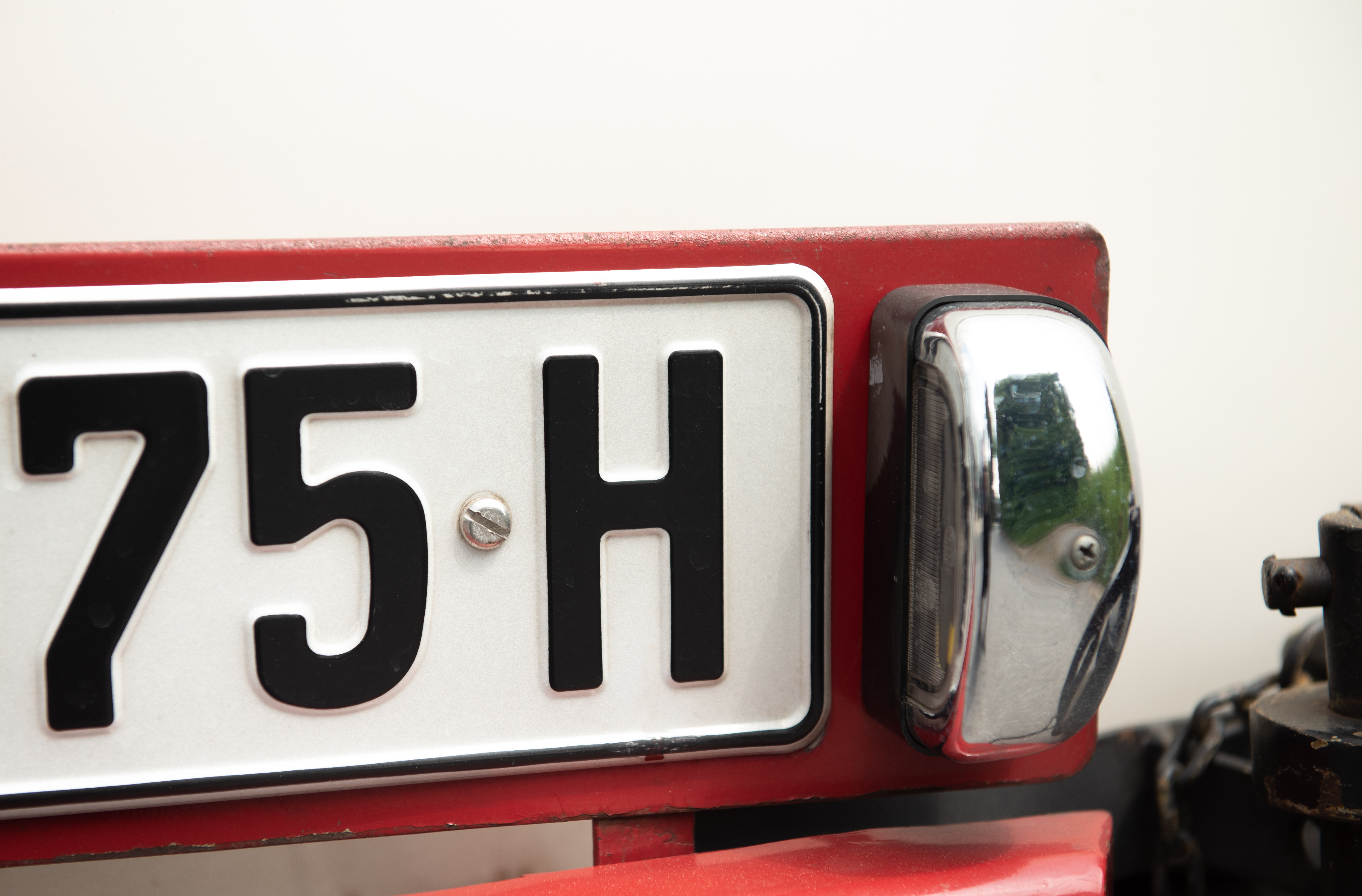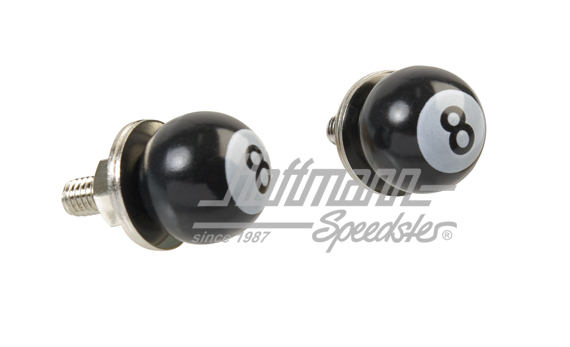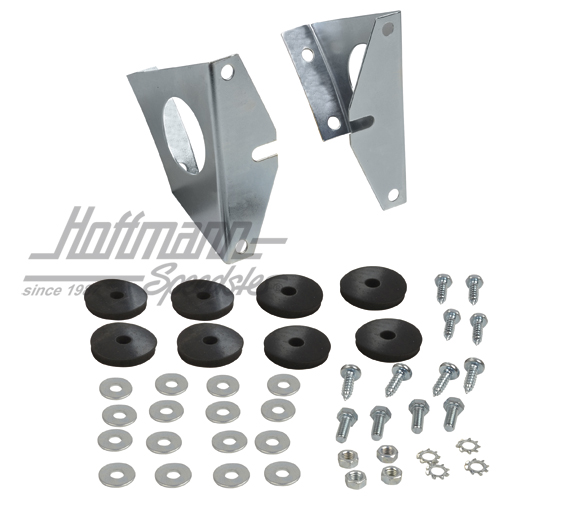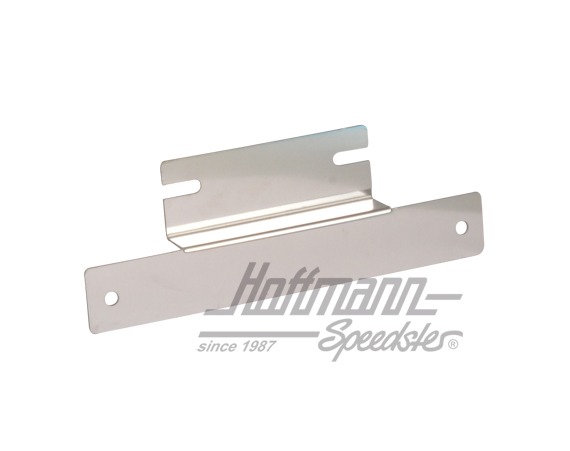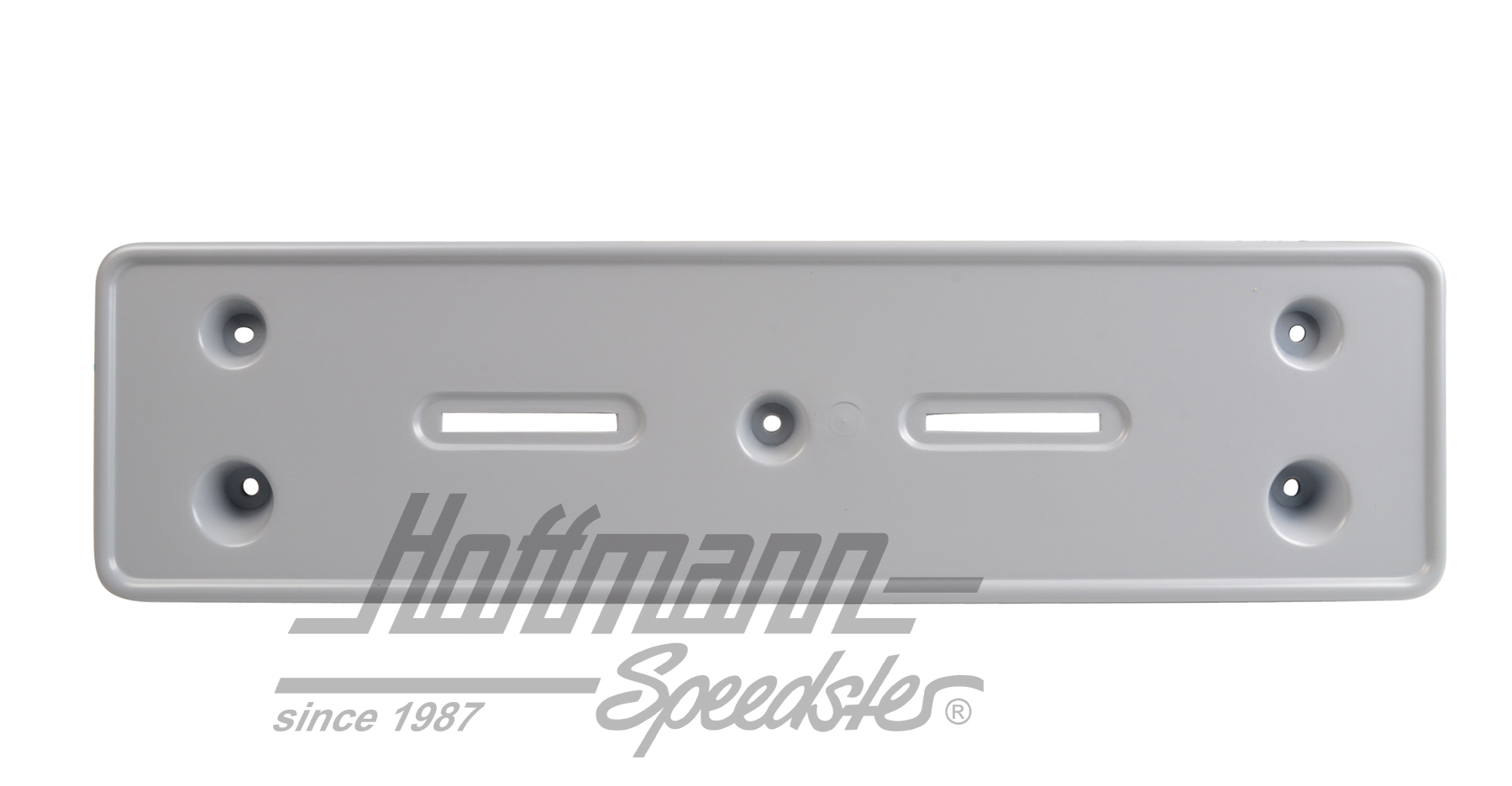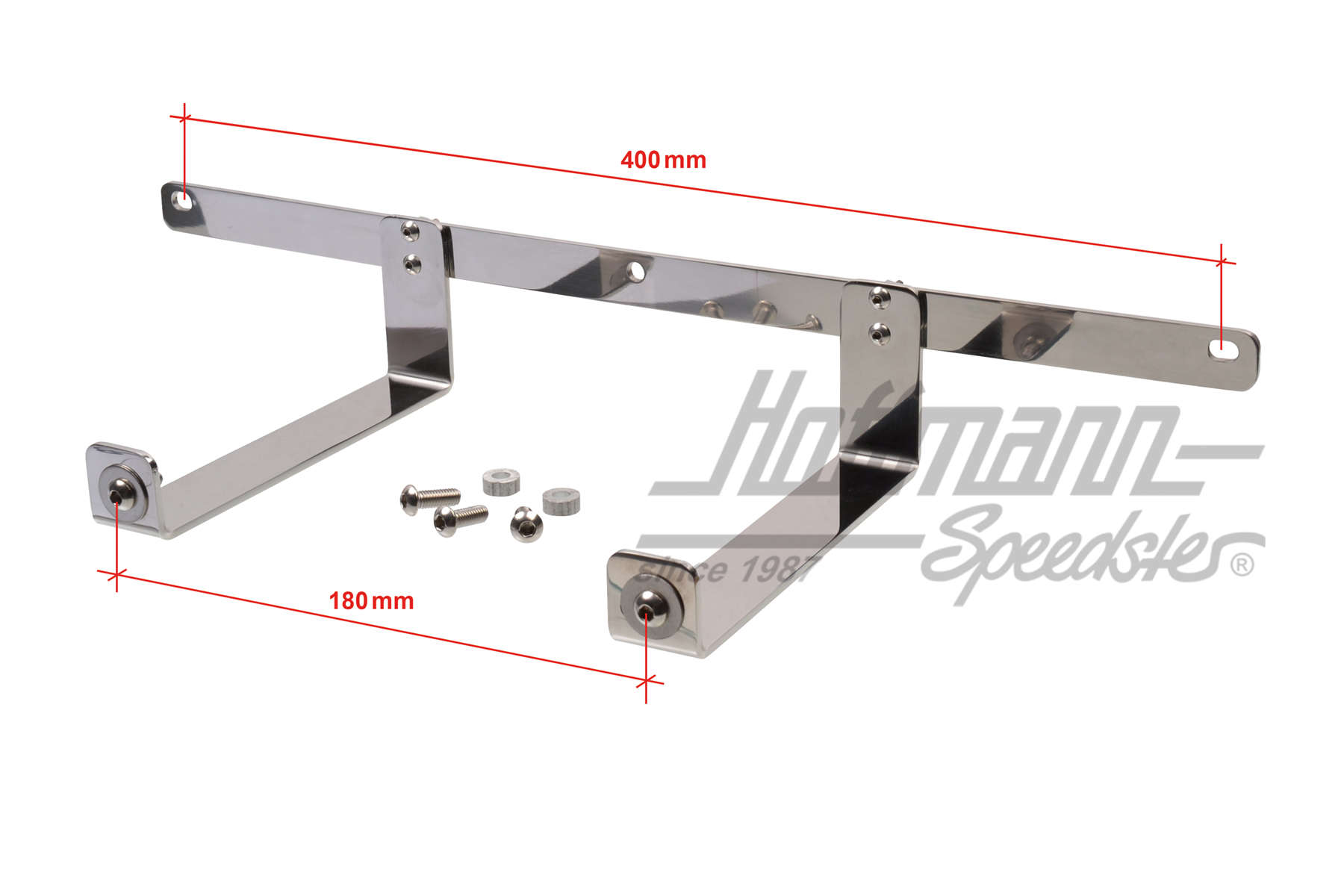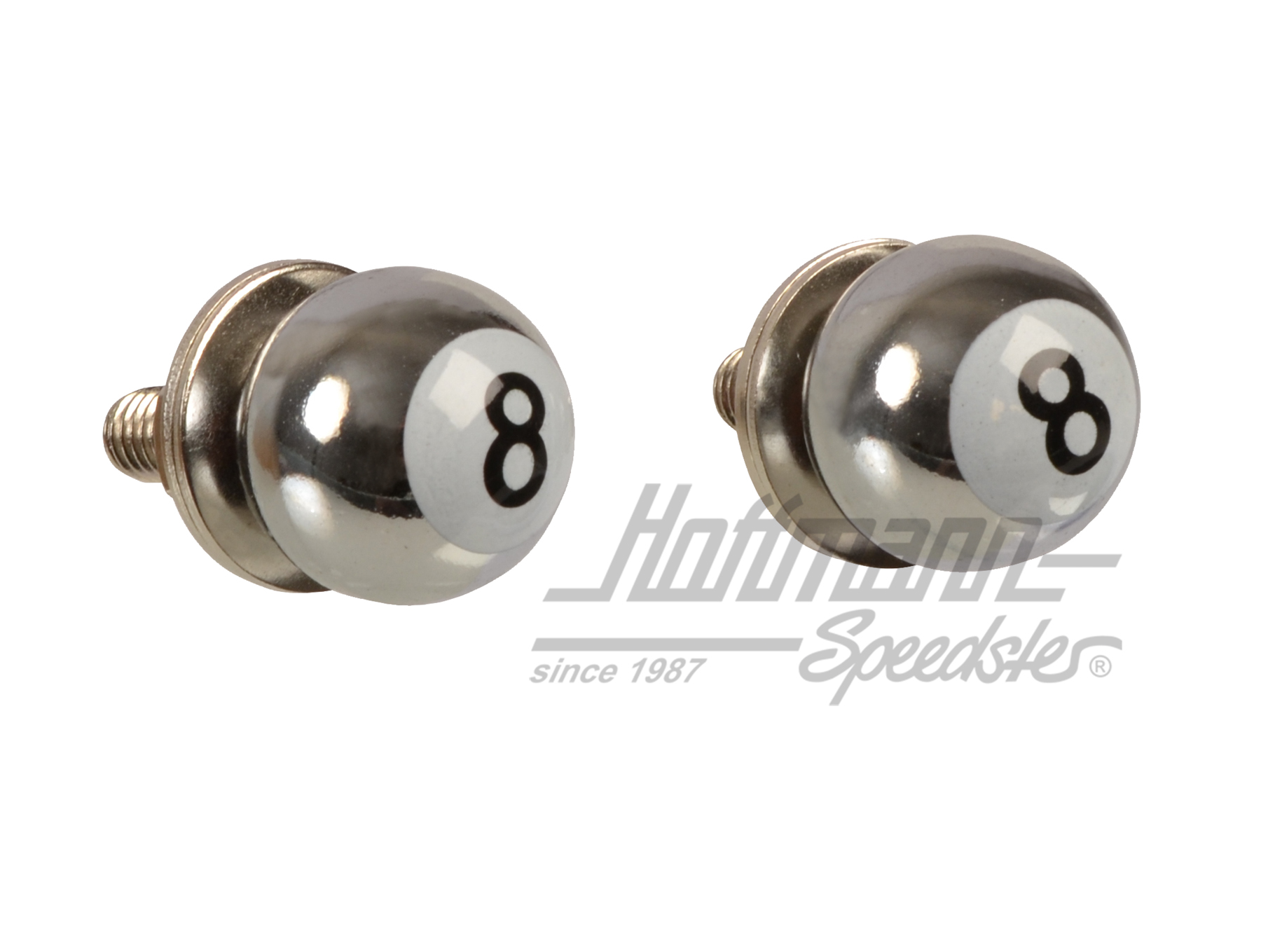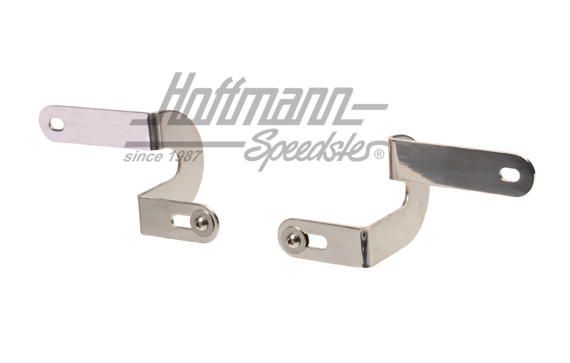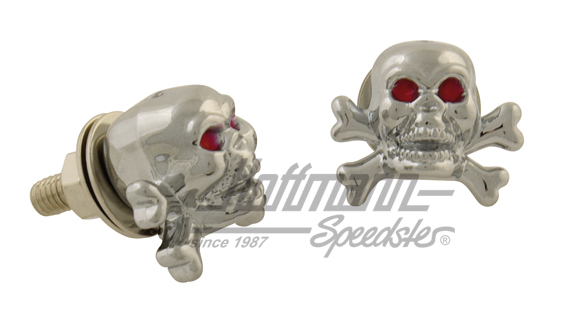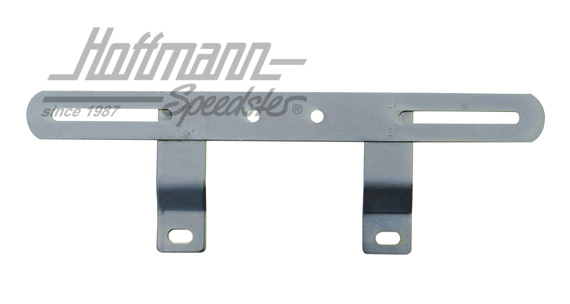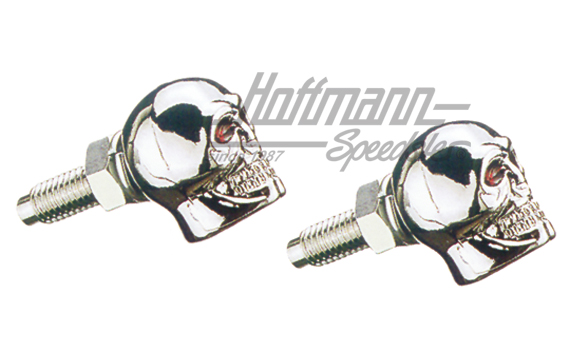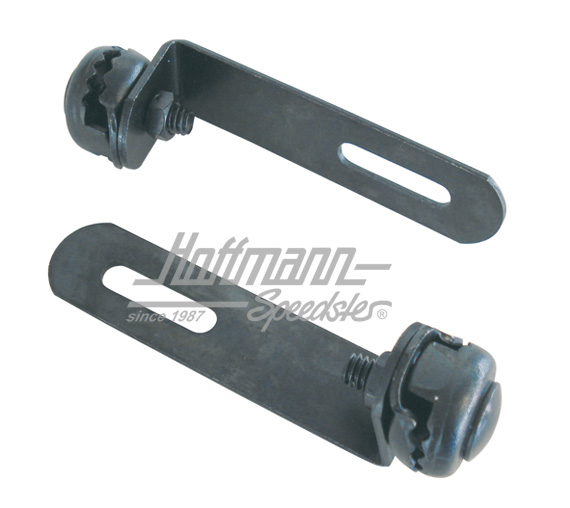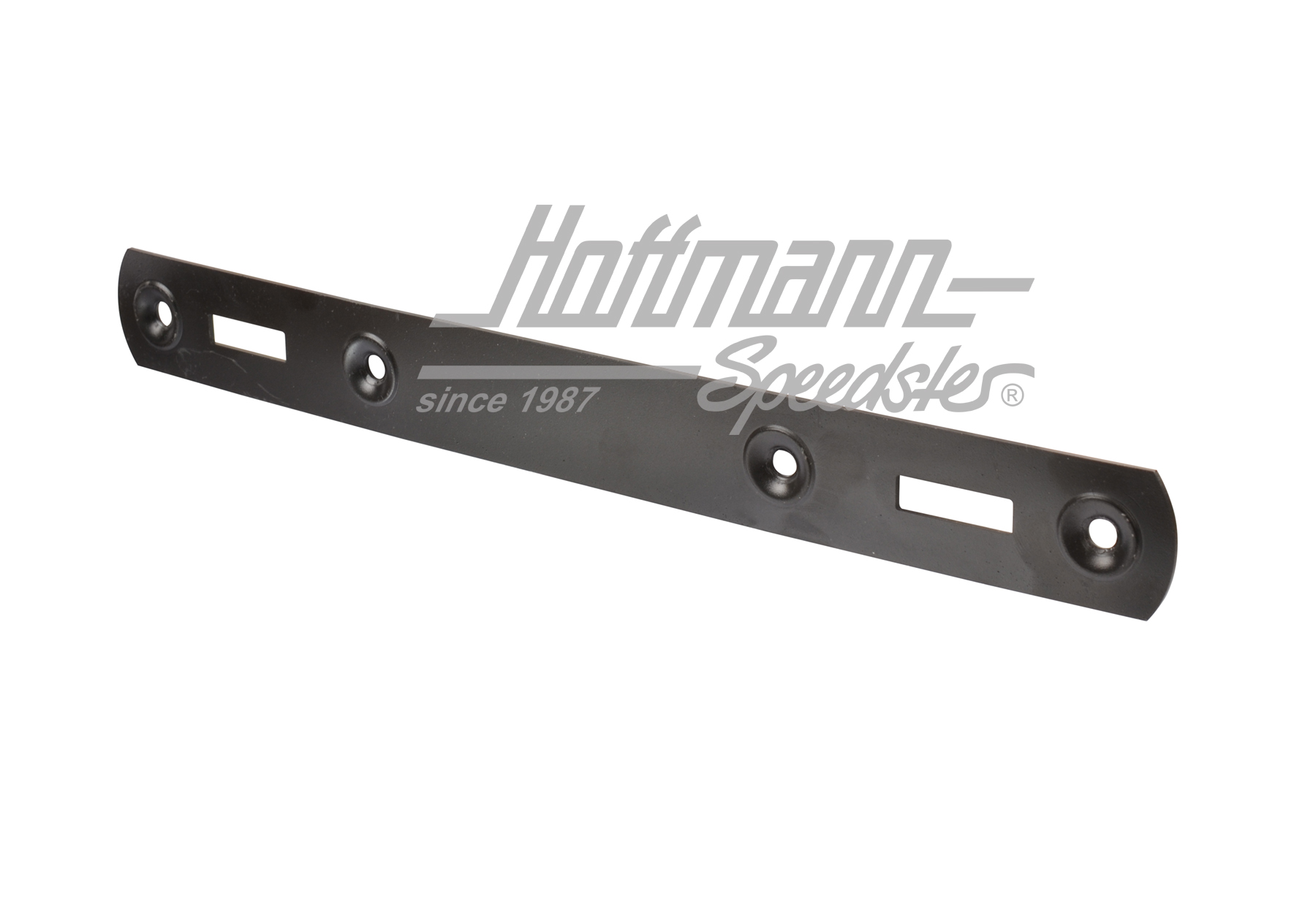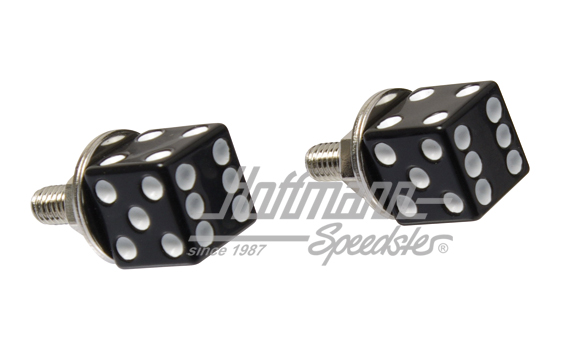H license plate: Everything you need to know
Everything you need to know about the H license plate
Classic cars are very popular in Germany. They are not only an expression of automotive history, but also a symbol of passion and dedication. The H license plate was introduced in Germany in 1997 to promote the preservation of historic vehicles such as cars, trucks and motorcycles. The H license plate, which stands for “historic”, is a special license plate that is issued to vehicles with special historic value that were first registered at least 30 years ago and are largely original or “contemporary tuned”.
There is no obligation to equip a classic car with an H license plate. However, it makes sense for tax reasons, among others, because a classic car with an H license plate is taxed at a flat rate. If you want to drive your classic car regularly in everyday life, you should not do without an H license plate.
Furthermore, a flat-rate vehicle tax of €191 per year applies, regardless of consumption, performance and engine capacity. This makes an H license plate very attractive for many classic car fans.
However, strict requirements must be met and the costs for expert opinions, maintenance and special insurance can be higher. The H license plate is particularly suitable for enthusiasts and collectors of historic vehicles.
When does a vehicle get an H license plate?
An H license plate is popular, it brings prestige and marks the vehicle as historic. Many classic car fans are therefore eagerly awaiting the date from which an H license plate may be issued - and that is 30 years after initial registration.
The answer to the question of whether a vehicle can also be issued with an H license plate at the age of 25 is: No, this is not possible. Young classic cars from 15 to 30 years old must also be registered with a regular license plate.
The following requirements must be met for an H license plate:
· the classic car must be at least 30 years old
· A classic car certificate in accordance with § 23 StVZO must be presented
· A valid general inspection (HU) and motor vehicle liability insurance for the vehicle is required
When preparing the classic car appraisal, the main focus is on the question of whether the vehicle can be considered a “motor vehicle cultural asset”. The aesthetics and technology of the vehicle must therefore correspond to a certain past zeitgeist that is to be preserved for posterity. The decisive factor is that the date of first registration must be at least 30 years ago and the vehicle must still be largely in its original condition.
Note: For imported vehicles, an additional full certificate in accordance with § 21 StVZO is required for initial registration as a classic car in Germany.
If all these requirements are met, the H license plate can be obtained and the corresponding entry made in the vehicle registration document.
However, there are also cases in which an H license plate makes little sense, whether for a car or motorcycle. For example, if the classic car is only used irregularly for events, it is also possible to apply for a red 07 license plate in addition to the H license plate. Even if the annual vehicle tax is less than the flat rate of €191 for a vehicle with an H license plate, regular registration is cheaper. This is often the case for small petrol cars with an engine capacity of up to 800 cc, such as the BMW Isetta.
H license plate: Advantages and disadvantages
The H license plate is not only a sign of recognition for the historical value of a vehicle, but also offers numerous practical advantages.
Advantages of the H license plate:
· Unrestricted passage in environmental zones
· Uniform vehicle tax of € 191 per year
· Favorable classification in the insurance
· Elimination of the green sticker
· a vehicle with an H registration plate is officially recognized as a “motor vehicle cultural asset”, which can increase the prestige and value of the car
In addition to the advantages that an H license plate offers, there are also one or two disadvantages that should definitely be considered before applying for an H license plate.
Disadvantages of an H license plate:
· with some insurance policies for classic cars, the mileage is limited to 10,000km per year
· the inspection process for the classic car certificate is time-consuming and can be associated with costs for repairs etc. for the owner of the vehicle
· only limited modifications to the vehicle are permitted, for example restoration with original parts, but these are difficult to obtain depending on the model
In addition, some classic car enthusiasts use their vehicle as an everyday car. This does not correspond to the original idea that vehicles with low mileage, which are used as historical collector's items to maintain the vehicle's cultural heritage, enjoy an advantage through the H license plate. The H license plate is therefore on the verge of being phased out and is the subject of ongoing debate; it contradicts the German government's climate policy goals.
In conclusion, it can be said that the H license plate offers classic car owners many advantages, particularly with regard to taxes and environmental zone regulations. However, it is subject to strict conditions regarding the condition and maintenance of the vehicle. Those who do not shy away from the effort and keep their historic vehicle in good condition can benefit from the tax savings and the special status. On the other hand, the costs for maintenance, insurance and occasionally also the limited suitability for everyday use must be considered.
H license plates in the country and in the city: What do I need to bear in mind?
Classic car enthusiasts would like to use their classic car as often as possible, but is this also possible without restrictions in the city with an H license plate? The answer is yes, because classic cars with an H license plate, regardless of whether they are cars or motorcycles, are also allowed to drive in low emission zones in the city without restrictions. They do not require an environmental badge and may move freely in major German cities with environmental zones. Vehicles with an H license plate may also be driven in the countryside. Should the car toll come into force in the future, vehicles with an H license plate will be subject to the maximum flat rate of 130 euros due to their typically high pollutant emissions. However, the fee will then not be added to the vehicle tax, but offset against it in a cost-neutral manner.
A classic car with an H license plate may also be driven abroad, just as it may be used commercially. It should only be noted that special classic car insurance often excludes everyday use of the vehicle.

